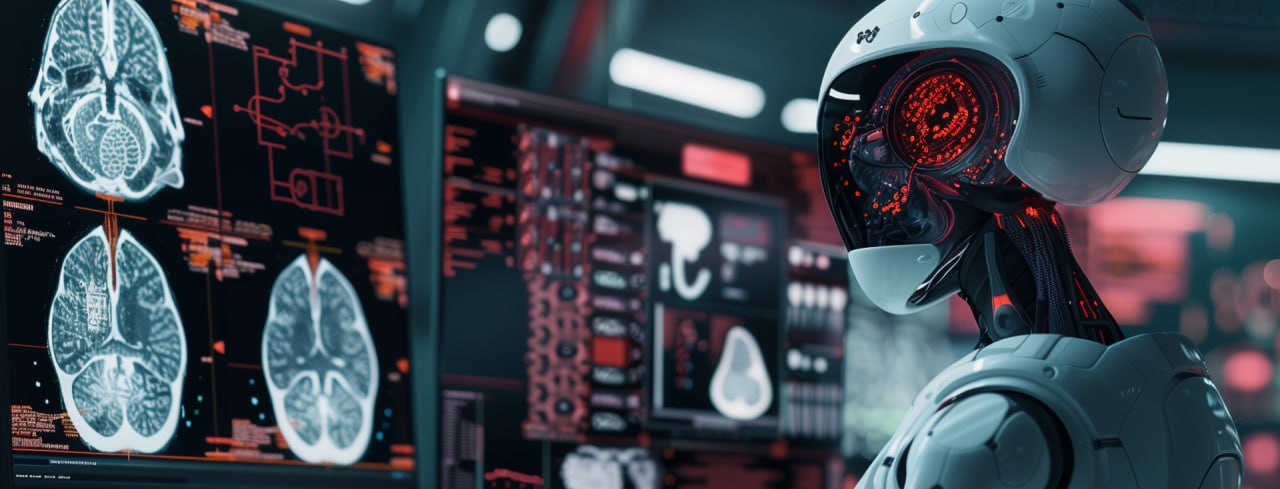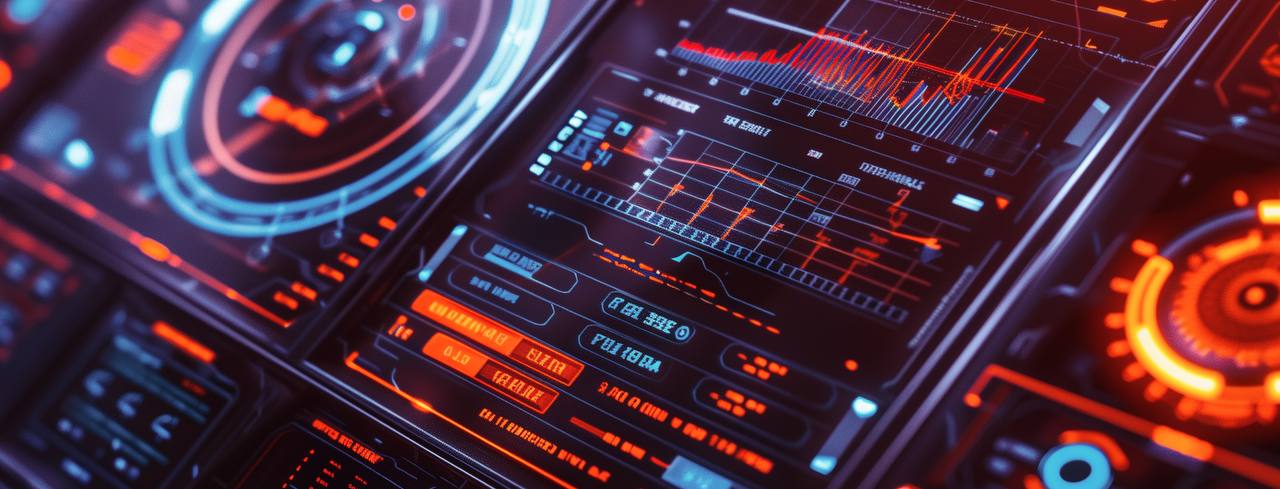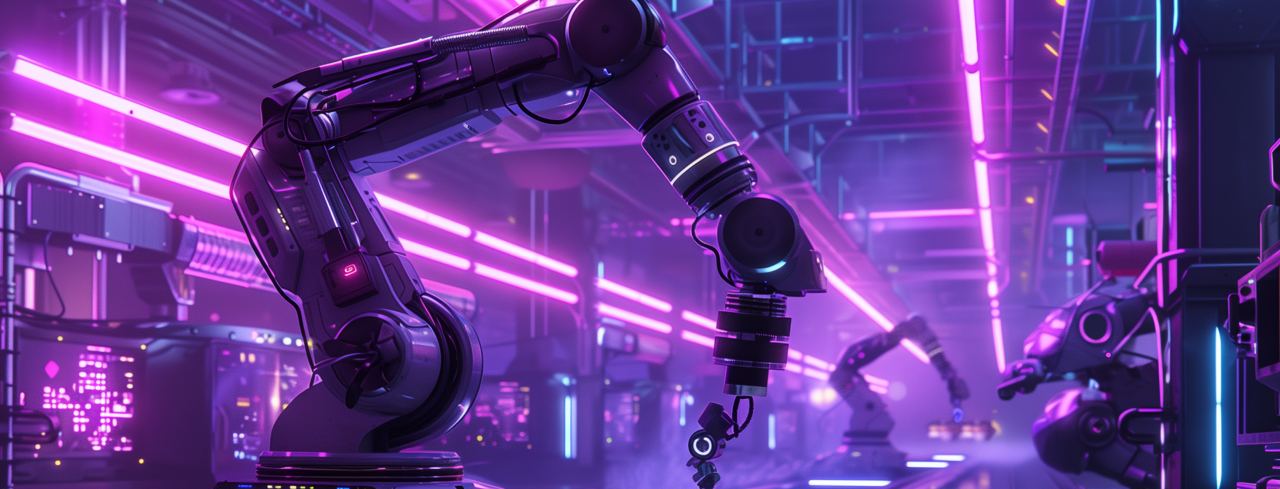In today’s issue of our #InfocusAI digest, we will discuss how computer vision helps diagnose systemic sclerosis, how good the Walmart chatbot is at negotiating with suppliers, and whether you can trust AI with cooking a holiday dinner. You will also learn how football benefits from math and how sound gives machines a better picture of the surroundings. Let’s go!
AI-focused digest – News from the AI world
Issue 5, 27 October – 10 November 2022
Diagnosing systemic sclerosis with computer vision
Swiss researchers have confirmed that computer vision algorithms, such as the open source Vision Transformer (ViT), will be very helpful for rheumatologists to diagnose and monitor systemic sclerosis. This is an autoimmune disorder of connective tissue that targets skin, blood vessels, locomotion system and visceral organs. To detect the disease and forecast its progression, doctors use the nailfold capillaroscopy (NFC) technique that helps them see changes in the capillaries indicative of the disorder. The researchers trained the Vision Transformer to detect these excursions in the NFC images. Where capillary density is extremely low or if the image includes giant capillaries, the AI will alert to potential systemic sclerosis. Tests done on 17+ thousand images showed that the ViT does an excellent job, finding the disease at least as effectively as a human doctor would. You can read this piece for more figures related to this story.
Sound helps machines better understand things around them
Scientists from the Massachusetts Institute of Technology and the MIT-IBM Watson AI Lab are analyzing how spatial acoustics data can help machines better navigate the surroundings. They produced an ML model that can capture the acoustic propagation and determine what a person will hear depending on their location. This acoustic data can then be used to create an accurate spatial visualization almost in the same way as people use sound to assess their physical surroundings. This will be helpful both in VR/AR projects and in projects where machines need a better understanding of what is happening around them. For example, an underwater robot will be able to use acoustic data to locate objects with higher precision than if it were guided only by sight. To learn more about the project, read this MIT story.
Walmart tasks a chatbot to negotiate with suppliers
Walmart, the world’s largest retail chain, has automated negotiations with its suppliers by delegating this job to a chatbot. The full story was published by Harvard Business Review. The project was initiated before the Covid-19 outbreak, and the pilot phase was completed by the retailer’s Canadian business in 2021. Today, the chatbot negotiates deliveries on behalf of Walmart in four countries, and the company will add two more countries to this list shortly. The virtual negotiator relies on well-defined scripts; it has been trained to discuss the terms of delivery, payment schedule, contract termination procedure, discounts and deferments in payment. Suppliers are free to respond to the chatbot at their own pace. By now, the bot has managed to close the deal on 68% of all negotiation cases with the resulting 3% savings to the company.
New York Times columnists evaluate AI’s recipes for Thanksgiving
Prior to the Thanksgiving holidays in the United States, columnists from the New York Times decided to test how well artificial intelligence can do with preparing the holiday menu. The GPT-3 neural network was tasked to create recipes relying on personal preferences of food reporter Priya Krishna after she had talked about her childhood life and her favorite foods. DALL-E then had to create illustrations for these recipes. Next these dishes were prepared following the AI’s recommendations. The verdict was as follows: the images of the dishes are beautiful, but the taste is nothing to shout about. The cake was rather salty and spicy than sweet, and the AI suggested using only one clove of garlic and not a single drop of oil for a huge turkey, making it completely dry and lacking flavor. Still, this is no reason for scolding the machines. The AI may be not too good with recipes for now, but it inspires people to create new food masterpieces.
Math will help football coaches build better defenses
And finally, some sports news. Researchers from Argentina have come up with a computer model that will help football coaches better see their team’s defense scenarios and plan the game strategy accordingly. To develop this model, the researchers had to examine player layout patterns in three football matches. They tracked the movements of each player, measured the changes in distances between them and their opponents depending on what was happening on the field, recorded the actions of defenders, etc. Next, they converted all this data into graphs that were used to build a simple computer model reflecting all the player movements and interactions with the opponents in the form of dots (players) and lines (interactions) distributed in time and space. Eventually, they got a perfect picture of what the players do and how they interact during the game, giving coaches valuable insights into their team’s behaviors. You can read more on this here and in the article published by the project’s authors in Physical Review E.













